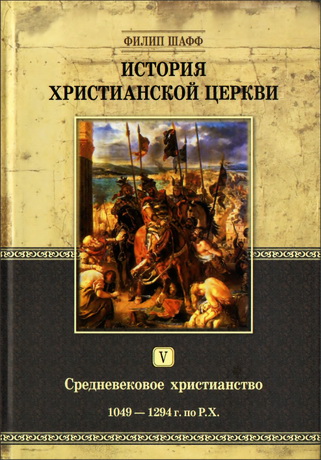
Seidenberg – Kabbalah and Ecology
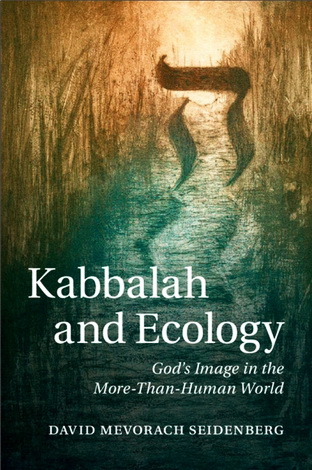
This book is especially indebted to Seth Brody, a Kabbalah scholar only a few years my elder, who shared with me a hometown, a childhood synagogue, a love for spiritual endeavor, and a passion for ecology. His very straightforward understanding of Kabbalah as a search for cosmic blessing and as an expression of human responsibility for Creation is what encouraged me to go beyond an academic vision of what Kabbalah means and to find a deep well in this field of scholarship.
I imagine that large parts of this work are what he might have written had he lived to teach his Torah. I pray that he may be honored by it. A handful of teachers have touched my life and supported my learning in key moments: Michael Paley, a Hillel rabbi who loved physics as much as Torah; Ron Kiener, who wryly taught me the rudiments of Kabbalah in the last year of Gershom Scholem’s life; Shaul Magid, who bought for me my first books of Kabbalah when we were both studying at Yeshivat Hamivtar in Jerusalem;
Murray Bookchin, whose work on the connections between human oppression and ecological degradation established a foundation for my own thought; Elliot Wolfson, who first exposed me to Sefer Bahir; Bill Lebeau, who supported me through tumultuous times at the Jewish Theological Seminary (JTS); Irene Diamond, whose understanding of ecofeminism incited some of my own breakthroughs; and Arthur Waskow, whose teachings on Torah and nuclear war in the early 1980s inspired me in 1982 to explore the Jewish response to hunger and the system of Sabbatical and Jubilee years, which began my awakening to what Chazal (the sages) taught about the Earth.
Jacques Derrida, with whom I studied in the summer of 1986, also had a large influence on my later thinking about rabbinic texts. More concretely, Shlomo Gruber, the wizened old buchmacher who schlepped his store from Borough Park to JTS, pressed upon me several volumes that turned out to be central to my thesis. I also would like to recall two precious mentors from my year as a congregational rabbi in British Columbia, Enrica Glickman and Julian Silverman, who passed away while I was writing the dissertation this book is based on. Serendipitously, just before Tu Bishvat 2014,
I stumbled upon the works of an ancestor of my great-grandmother from Aleppo, the sixteenth-century rabbi Shmuel ben Avraham Laniado, who was, I learned, a student of Yosef Karo. Plugging into a hitherto unknown Kabbalistic lineage just as I was finishing this book felt both profound and reassuring. Most importantly, standing at the very beginning of my personal journey is my great-grandfather, Benyamin Mevorach, who came to the United States from Jerusalem Palestine in 1910 with his drum; who integrated music, joy, and kindness into his practice of Judaism and life; and who showed me the magic and theurgy of ritual.
His example continually invigorates my spiritual search for holiness and community. Since 2000, I have had the opportunity to share material that became part of this book in teaching settings around North America, as well as in Israel and Europe. I want to especially thank the Teva Learning Center (now the Teva Learning Alliance) for providing many of those opportunities, along with all my colleagues in the Jewish environmental movement who have encouraged and supported my work.
Beyond the Jewish world, my relationship with Sun-gleska Oyate in Washington State, a Lakota-based community founded by Buck Ghosthorse, has been transformative. It also brought me together this summer with Matthew Fox. My friend and fellow Breslover-in-spirit Julian Ungar also deserves special recognition for being my first “lay reader”, and I am still moved when I think about the amazing hashgachah that brought us side-byside in a makeshift hostel in Uman on Rosh Hashanah 2003.
David Mevorach Seidenberg – Kabbalah and Ecology. God’s Image in the More-Than-Human World
Cambridge – University Press – 2015 y. / 422 p.
ISBN 978-1-107-08133-8
David Mevorach Seidenberg – Kabbalah and Ecology. God’s Image in the More-Than-Human World – Contents
- Acknowledgments
- Notes on translation, transliteration, and bibliography
- Overview of Kabbalah and Ecology
- Introduction: Jewish ecological thought and the challenge for scriptural theology
Part I Midrash
- 1 Tselem Elohim (God’s Image) in Midrash and commentary, part I: the angels and the heavens, the chain of Being, intellect, and speech
- 2 Tselem Elohim in Midrash and commentary, part 2: the body, gender, dominion, and ethics
- 3 Tselem, dignity, and the “infinite value” of the other
- 4 The soul and the others: humans, animals, and other subjectivities
- 5 Ethics and the others: moral fellowship with animals and beyond animals
- Intermediate conclusions: from Midrash to Kabbalah
Part II Kabbalah
- Floating Letters by Nikki Green
- 6 Tselem Elohim in Kabbalah, part i: the Sefirot, the soul and body, the hypostases, and the heavens
- 7 Tselem Elohim in Kabbalah, part 2: the more-than-human world - holism and unifications, trees, birds, animals, and colors
- 8 Of rocks, names, and codes: the letters of Creation
- 9 Adam Qadmon: the universe as God’s image
- 10 Gaia, Adam Qadmon, and Maimonides
- 11 Qomah: the stature of all beings
- Intermediate conclusions: from Kabbalah to ecotheology
Part III Ecotheology
- 12 Nigun, shirah, the singing of Creation, and the problem of language
- 13 Further theological reflections Conclusions: A new ethos, a new ethics
- Excursus 1: Nefesh and related terms
- Excursus 2: The prayer of P’ri 'Ets Hadar
- Appendix: The Sefirot, the Tree of Life, and a brief history of Kabbalah
- Bibliography of primary Jewish sources
- Abbreviated titles
- General index
- Index of scriptural verses
- Index of rabbinic sources
David Mevorach Seidenberg – Kabbalah and Ecology. God’s Image in the More-Than-Human World – Overview of Kabbalah and Ecology
This book examines precedents in Jewish thought for going beyond the strictly anthropocentric interpretation of the cosmos that characterizes Judaism and the Abrahamic traditions. The fulcrum for this examination is the idea of God’s image, or tselem, and the ways it has been stretched in both Midrash and Kabbalah to include more than human beings. At the book’s core is a transvaluation of the human-Nature relationship, indicated by a relatively new term for Nature: the “more-than-human world” (see Introduction, n.4). One central focus is to establish a theology grounded entirely in traditional texts that envisions Creation and all creatures as participating in the divine image.
Throughout, I examine precedents from Midrash, Kabbalah, and Chasidut (Hasidism) that differ from modernist or humanist anthropocentrism and that point toward alternative anthropologies or ways of understanding humanity. While in each case I am interested in the historical meaning of the texts, and there are many insights that I hope will make a meaningful contribution to the history of Jewish thought, the overarching purpose is to enable Jewish theology to sustain a more biocentric reading of Torah and the Jewish tradition. The Introduction discusses the challenges that arise from ecology, beginning with general reflections on the ecological crisis and its impact on religious thought and on specific challenges faced by the Abrahamic traditions.
A survey of previous work in Judaism and ecology can be found here, along with discussion about the contribution and method of this book. Broad questions are explored under the headings of “diversity”, “non-human subjecthood”, and “evolution”. In the last section, on evolution, anthropocentrism is critiqued directly from a Maimonidean perspective. Evolution, which contradicts human exceptionalism, is discussed in light of the thought of both Maimonides and Abraham Isaac Kook. The Introduction concludes with what I call a “theological map”, that is, a homiletical statement of the thesis developed herein, based on Mishnah Avot 3:14, which is this: When we affirm and extend the idea of God’s image to other creatures, we more fully embody the image of God. This may be deemed our theological niche.
Part I of the book, on Midrash, outlines classical rabbinic anthropology and ideas about the image of God (tselem Elohim), the soul, and the human place in the world. This provides a basis for comparison with the texts of Kabbalah. Here it is demonstrated that the standard interpretation of tselem given by modern thinkers - that only human beings are in God’s image - is not the best reading of rabbinic texts. In Chapters 1 and 2, midrashic interpretations of tselem are organized according to whether they focus on intellectual, physical, behavioral, or ethical qualities as the essence of the divine image. B’rei’shit (Genesis) Rabbah is the central midrashic text analyzed, while other texts are looked at in comparison to it.
A central idea in early midrash is that only half of Creation, the 'ely- onim, higher or upper creatures, is in God’s image, while the tachtonim or lower creatures are not. This metaphysical division is queried in all subsequent chapters. Throughout these chapters, I explore the ramifications and evolution of various midrashic motifs in both medieval and modern thought. Maimonides, who adopts some remarkably eco-centric theological positions, is a frequent reference point. Here and in Chapter 4, the growing influence of anti-corporealist theology in Judaism - that is, the belief that the body is in opposition to Spirit - is also traced from early midrash to later midrash to Jewish philosophy. In Chapter 3, I tease apart the value complex that unites within the human being the ideas of tselem, soul, and infinite value.
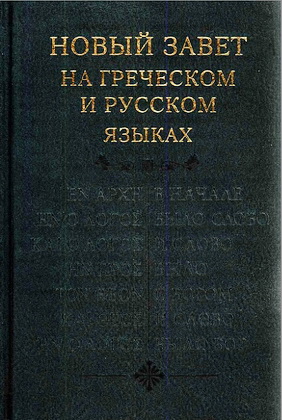
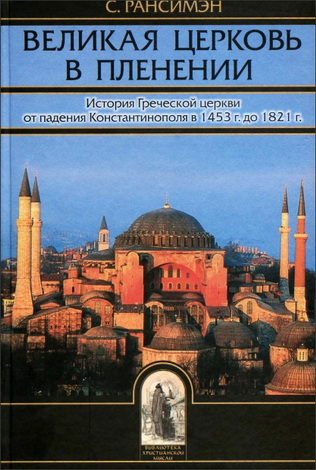
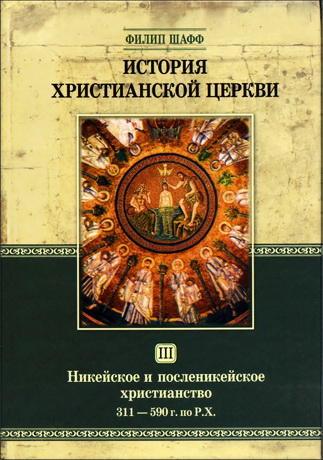
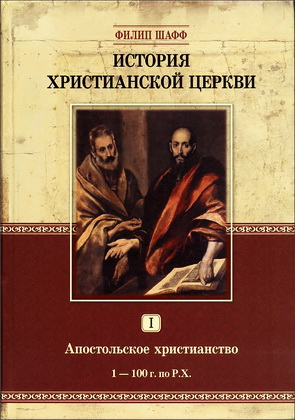
Комментарии
Пока нет комментариев. Будьте первым!